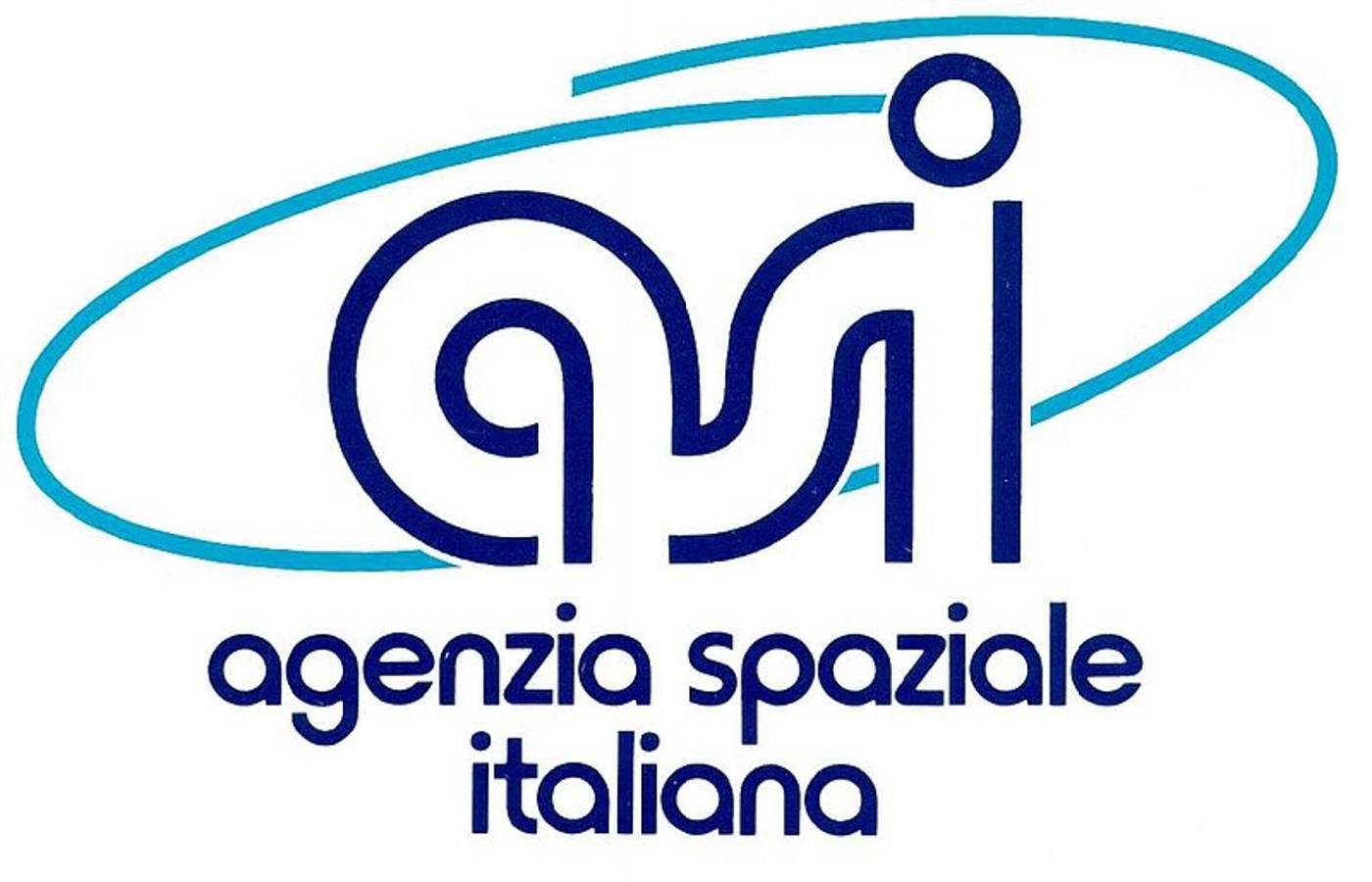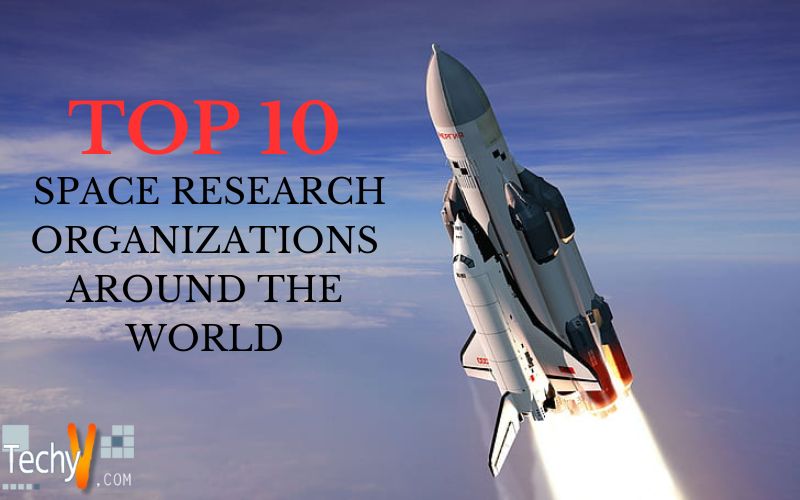More than 70 government space agencies and hundreds of private organizations are involved in space research. Some are far ahead in achievement, capability, and annual budget. We’ve produced a list of the world’s top government and private space organizations.
1. National Aeronautics and Space Administration (NASA)
NASA was founded in 1958. Since then, it’s made significant cosmological advances. NASA’s space research is unmatched. NASA was the only space agency to visit Jupiter and Saturn in 1972. NASA is one of the first space agencies to show humanity the planet beyond the solar system. Hubble Space Telescope, Voyager 1 and 2, Viking 1, Chandra X-ray Observatory, Skylab, space shuttle, Apollo, etc., are part of NASA’s most prominent space research program. NASA has raised awareness of cosmic bodies, galaxies, star clusters, supernovas, nebula, etc. NASA’s Hubble Space Telescope is mainly responsible for our knowledge of a world beyond our solar system. America’s first man on the Moon. Multiple NASA missions are ongoing.

2. Indian Space Research Organisation (ISRO)
ISRO is a leading space agency founded in 1969; before China and Russia, India possessed space technology, and the Indian space agency found moon water. Chandrayaan 1 demonstrated in 2008 that the Moon had iced water. ISRO launched 104 satellites with a single rocket (PSLV-C37) in 2017. SpaceX surpassed it. First-time Mars landing for India’s space agency. NASA needed two tries to soft-land on Mars. ISRO landed on Mars on the maiden try. Mangalyaan 1 was India’s first Mars expedition and cost India soft-landed on the Moon for the fourth time, and Rakesh Sharma was the first Indian in space. ISRO’s PSLV rocket is one of the world’s most incredible.

3. China National Space Administration (CNSA)
CNSA is a successful and popular space agency. This administration began 36 years after NASA. Since 1993, CNSA has explored space well. CNSA has launched numerous satellites. CNSA has sent 412 of 4500 satellites into space and launched Tiangong-1 in 2011. It also has launched 11 astronauts. The China National Space Administration made the first soft moon landing in 2014 with Change 3, and CNSA has plans. According to a source, China plans to launch a similar spacecraft in 2029-2030 to take Jupiter and Saturn photos and relay more data.

4. Russian Federal Space Agency (RFSA)
Russian Space Agency Roscosmos is RFSA. Russia;s Federal Space Agency was founded a year before China’s. Since 1993, Russia and China have competed. Russia launched the first animal into space and the first female astronaut, Valentina Tereshkova. This space agency has accomplished much. Russia delivered lunar dirt to Earth first the launched Sputnik-1 in 1957. Luna 1 was the first spacecraft to orbit the Moon. RFSA launched 24 GLONASS satellites at once. Roscosmos is partnering with the ESA on the ExoMars project to locate life on Mars.
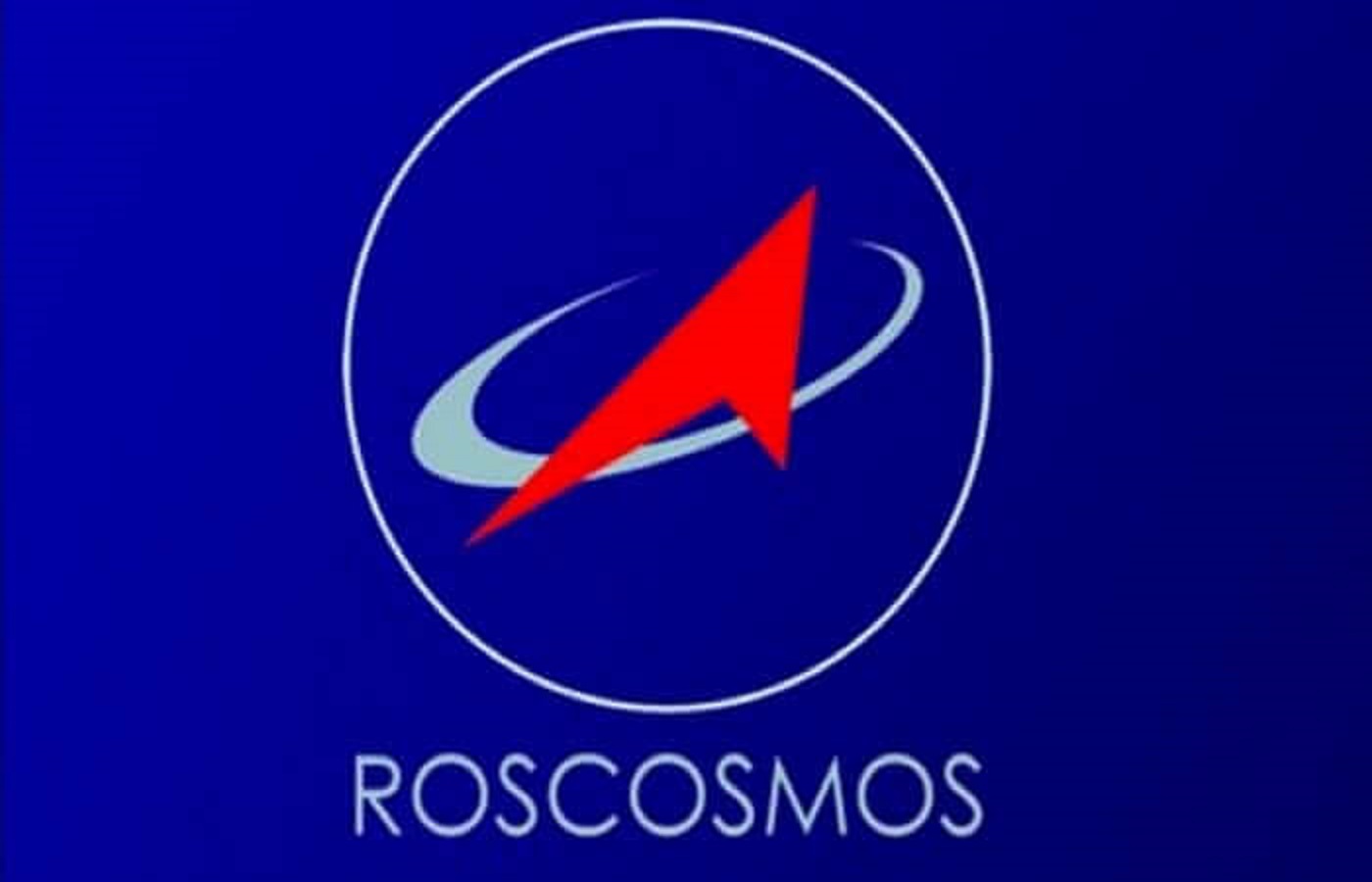
5. European Space Agency (ESA)
Paris hosts ESA’s headquarters. ESA’s missions or projects include Venus, Rosetta, Mars, Corot, etc. ESA’s Venus Express is well-known. ESA created a spacecraft that can approach another planet in our solar system without being affected by the sun’s light. Venus Express flew close to Venus and gathered lots of data. 2005 spacecraft launch. This satellite was lost to Europe in 2014. ESA will launch Ariel Space Mission. This mission intends to study exoplanets and is developing the first space debris collector. It aims to bring space debris to Earth. Mission Clearspace-1.
6. Japan Aerospace Exploration Agency (JAXA)
JAXA is Japan’s space agency. 2003-founded, Tokyo-based company. Japan’s space interest began after WW2. In 1969, Japan ratified the Outer Space Treaty, and on October 1, 2003, three entities united to establish JAXA. The first, second, and third organizations were Japan’s ISAS, NAL, and NSDAJ. Japan’s first satellite mission in 1969 failed, but in 1970 it launched. Hayabusa Mission popularized JAXA. 2003’s Hayabusa 1 was launched. This mission studied Asteroid Ryugu, 300 million miles from Earth. JAXA launched Hayabusa 2 in 2014 after Hayabusa 1 failed. JAXA is developing reusable launch rockets and a human robot for the Moon.
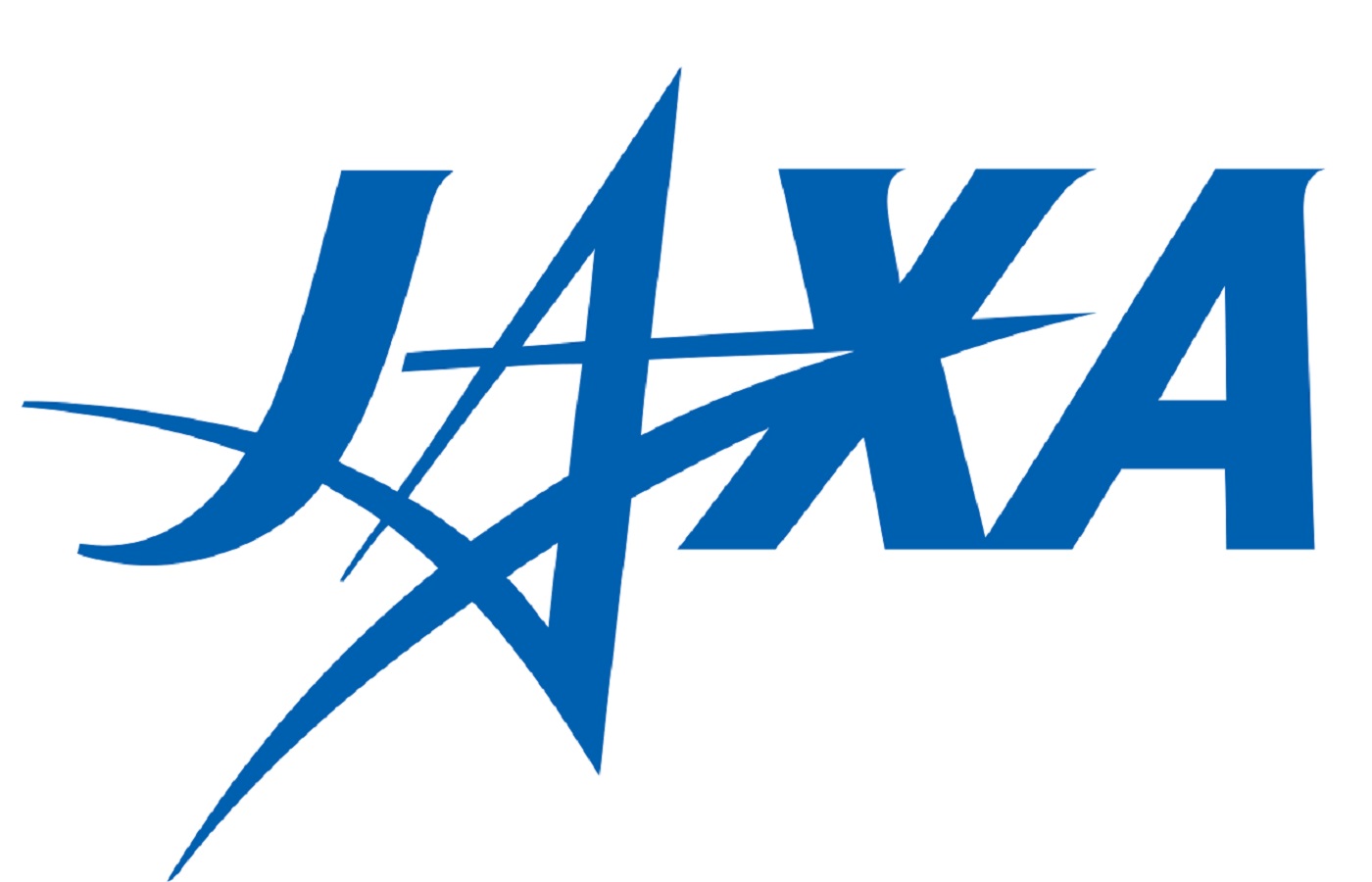
7. Space Exploration Technologies Corporation (SpaceX)
The first private space research corporation, known as SpaceX, was founded in 2002 by Musk. SpaceX aims to lower space travel costs. This space agency’s headquarters are in California. NASA is the world’s top space organization, yet it hasn’t made a reusable rocket
that returns from space. Instead, the 2002-founded space company did it. SpaceX is also emerging on its Starship rocket mission, akin to NASA’s most excellent rocket. SpaceX launched 143 satellites simultaneously, a record. Most are commercial; some are the government. India’s ISRO set the record previously.
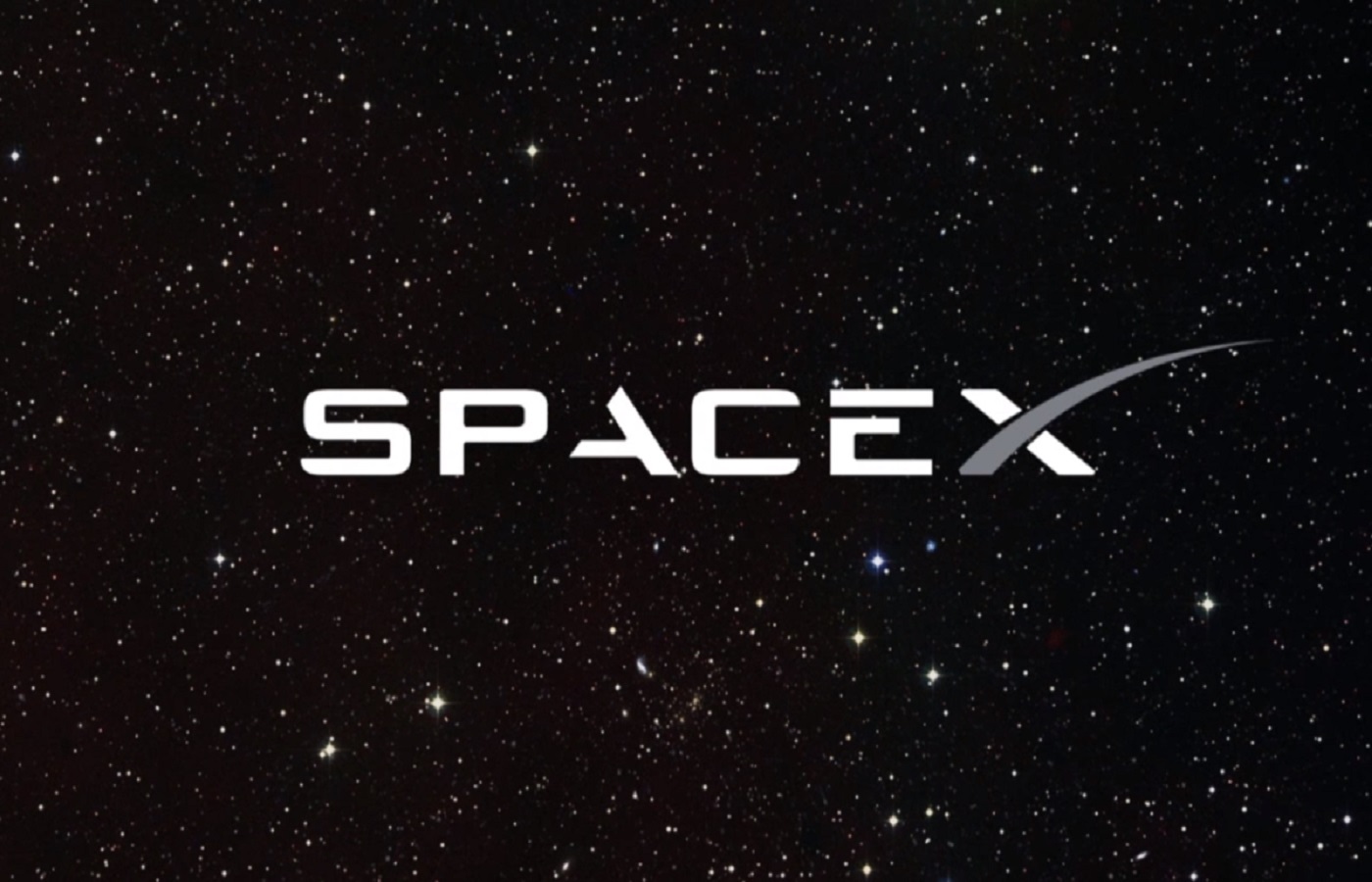
8. National Centre for Space Studies (France)
In 1961, France’s Space Agency was founded. Paris is the headquarters and Space agency CNES. French CNES is Centre national détudes spatiales. CNES is the third-oldest space agency after the Soviet space program and NASA. CNES offers world-class aeronautical training. France’s Defense and Research Ministry oversees CNES. French, German, and other space organizations are developing a reusable methane rocket. This project aims to lower the cost and time of reusing rockets. French Space Agency launched Megha-Tropiques alongside ISRO. This mission aims to research the tropical atmosphere’s water cycle and climate change. PSLV launched Megha-Tropiques in October 2011. Future missions will include France and India.
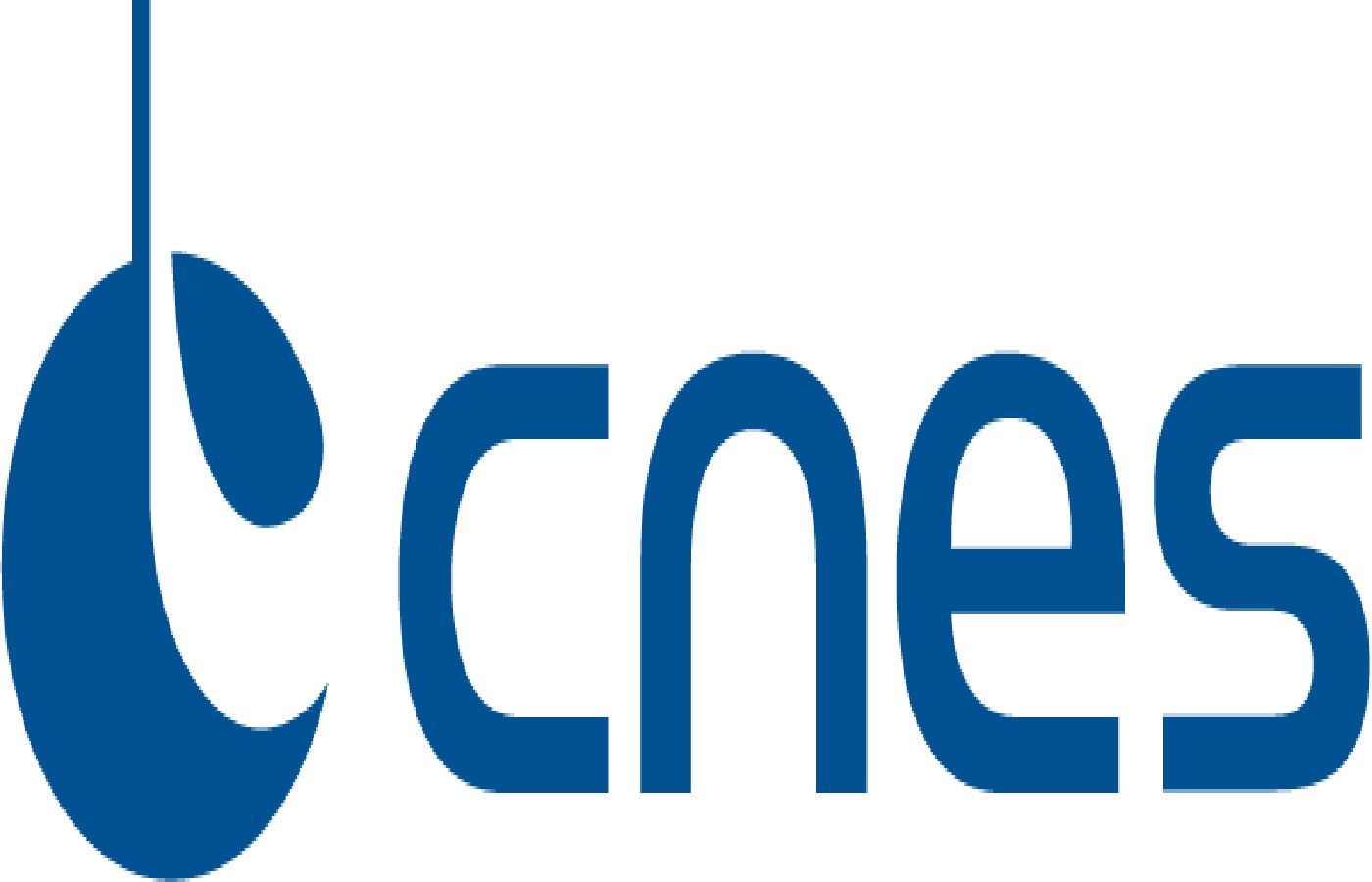
9. German Aerospace Center (DLR)
German Aerospace Center works on space, transportation, aeronautics, security, digitalization, and energy. Space agency headquartered in Cologne, DLR is Germany’s space agency. Therefore, it plans and implements the space program for the government. This space agency works on low-carbon, solar thermal, ultra-efficient, and renewable energy sources. Future research will focus on satellite development, propulsion technology, and space mission designs. Mars Express, Galileo, and Shuttle Radar Topography Mission are some of NASA’s effective programs.

10. Italian Space Agency (ASI)
Italian Space Agency was founded in 1988 in Rome. This space agency is among the top 10 worldwide. This space agency has collaborated on Mars Express, Venus Express, Mars Reconnaissance Orbiter, Juno, Cassini-Huygens, and XMM-Newton. BeppoSAX, Italy’s first satellite, was launched in 1996. Italian Space Agency and ESA are cooperating on Arian 5. (European space agency).
